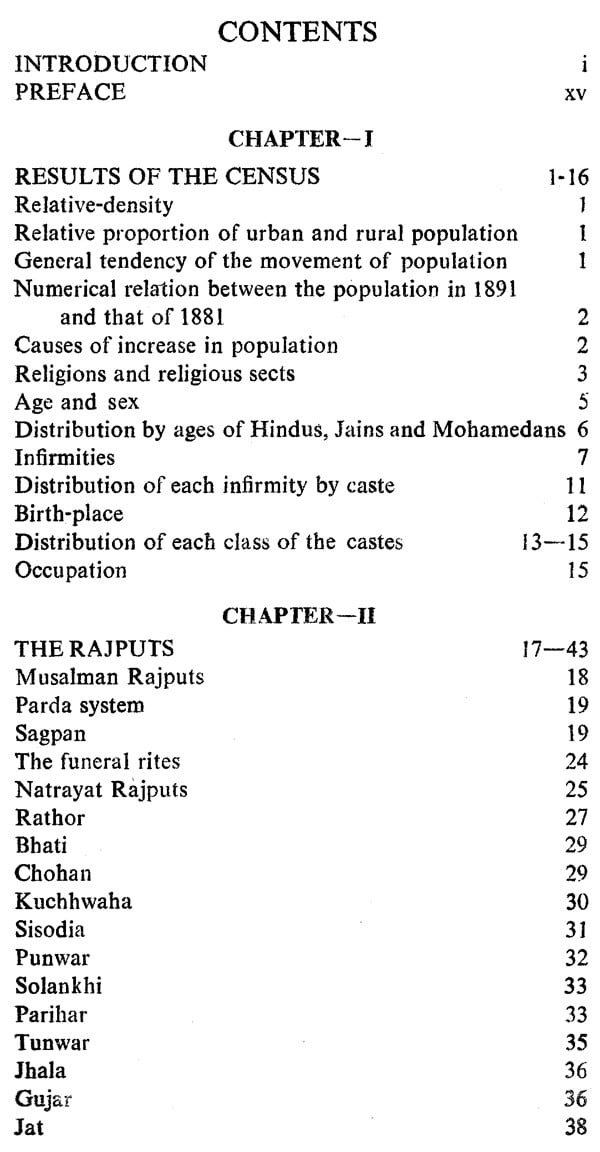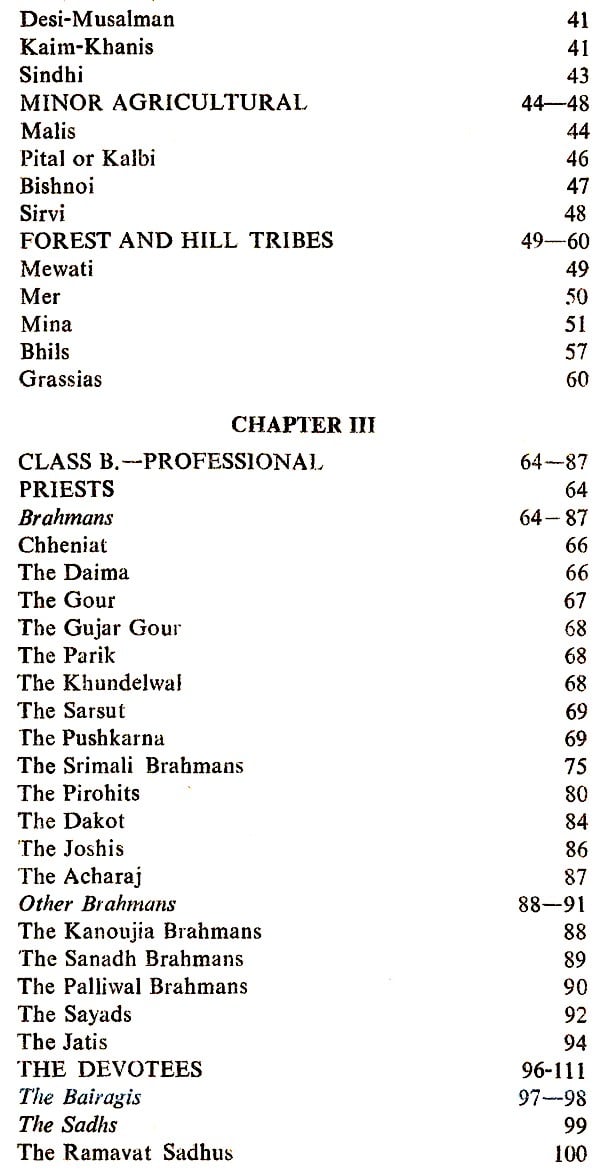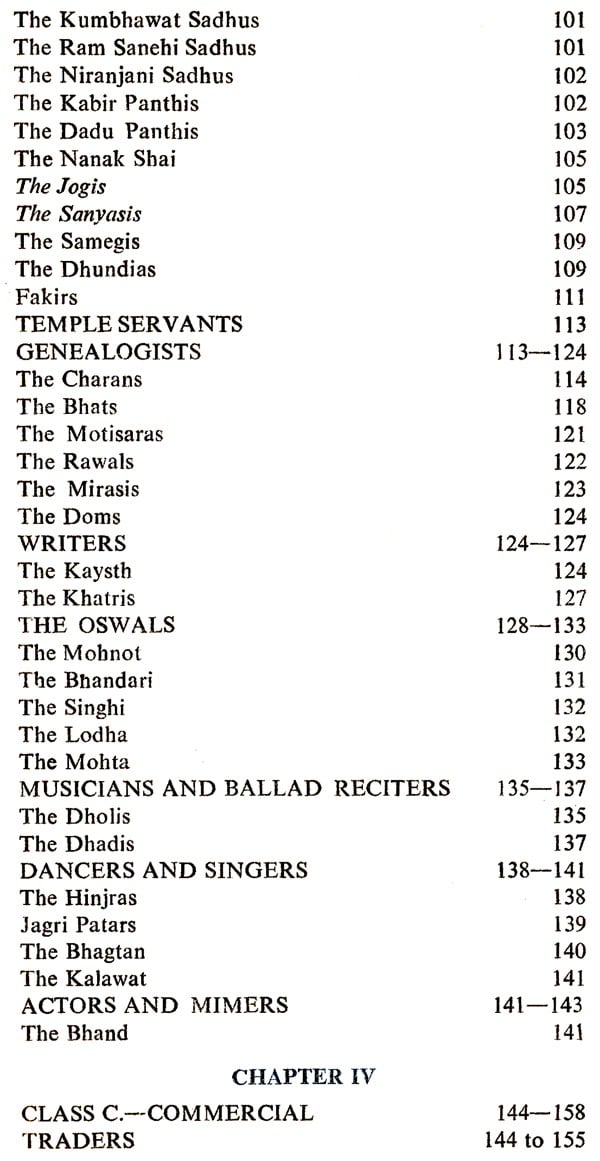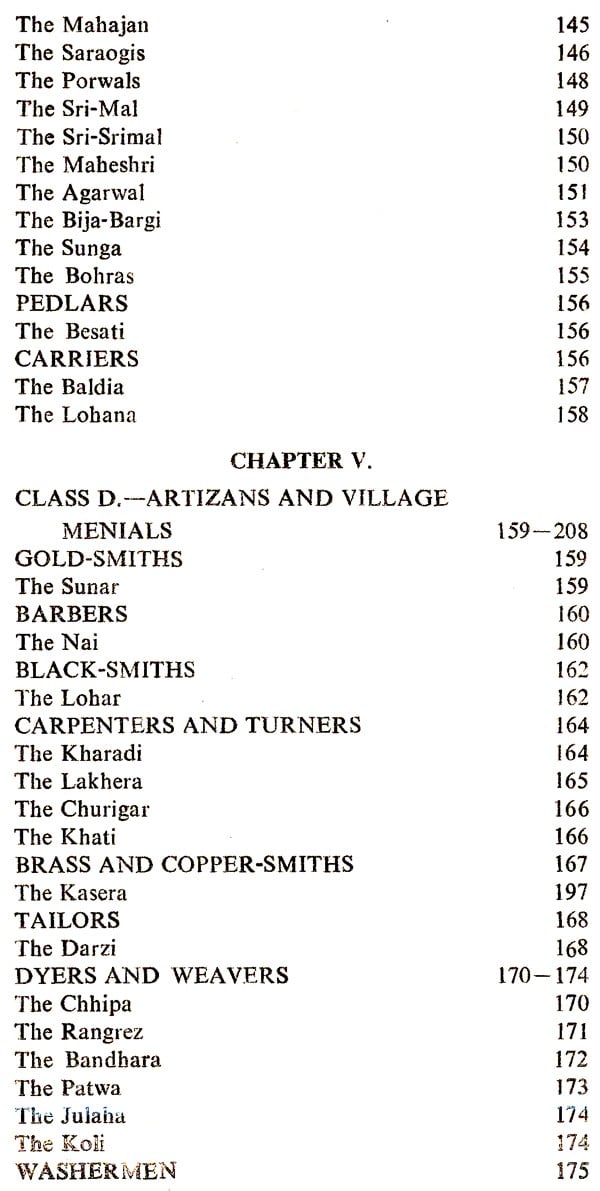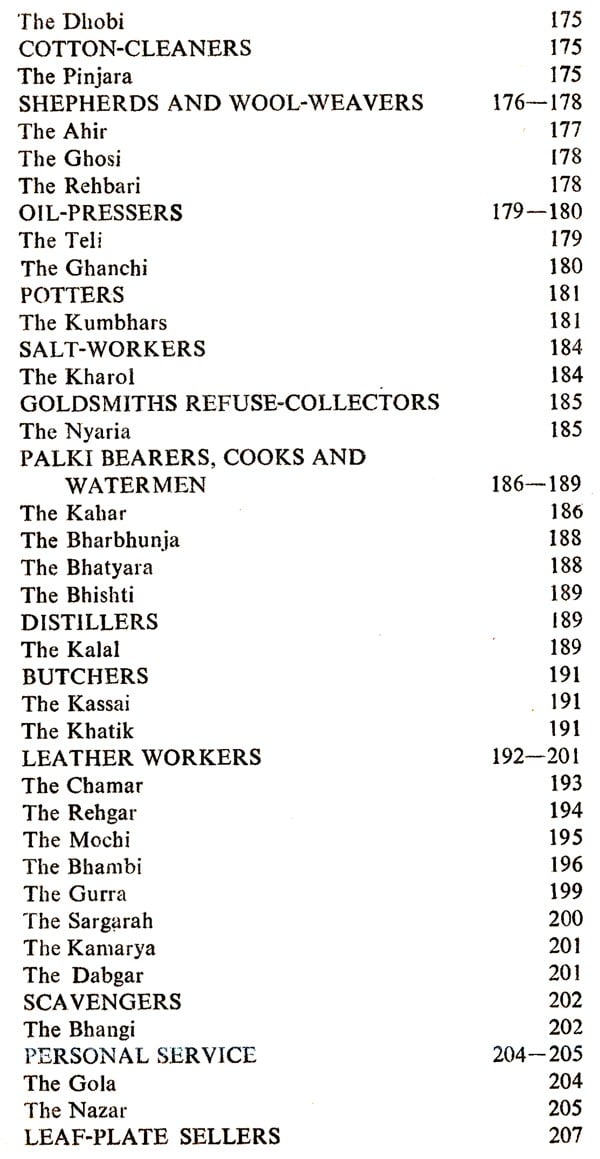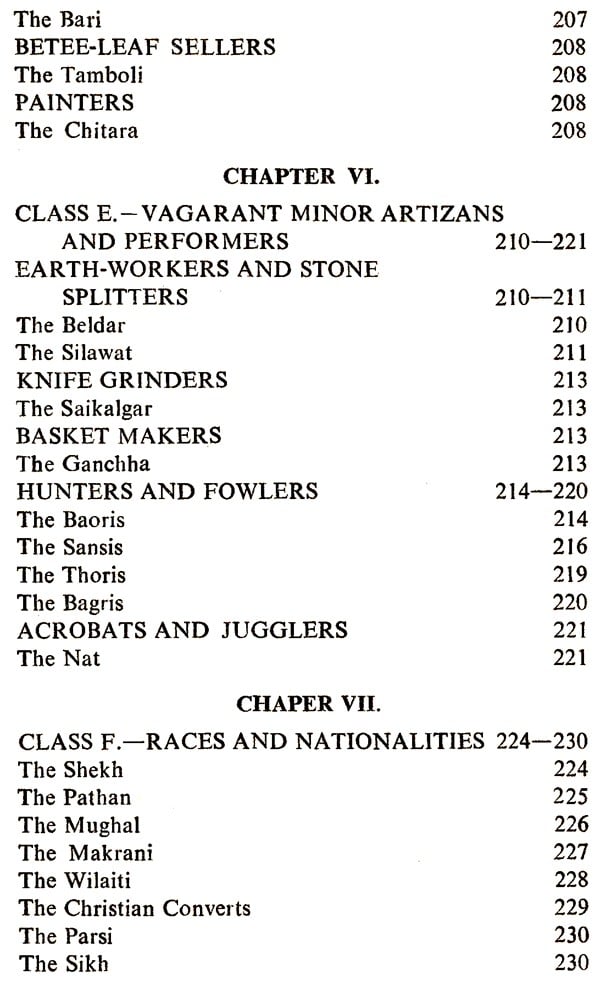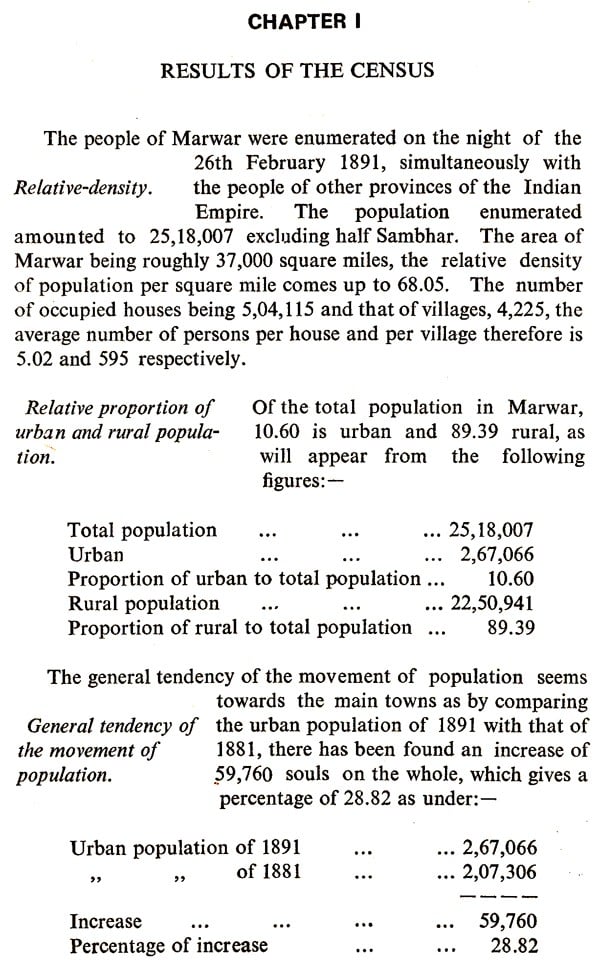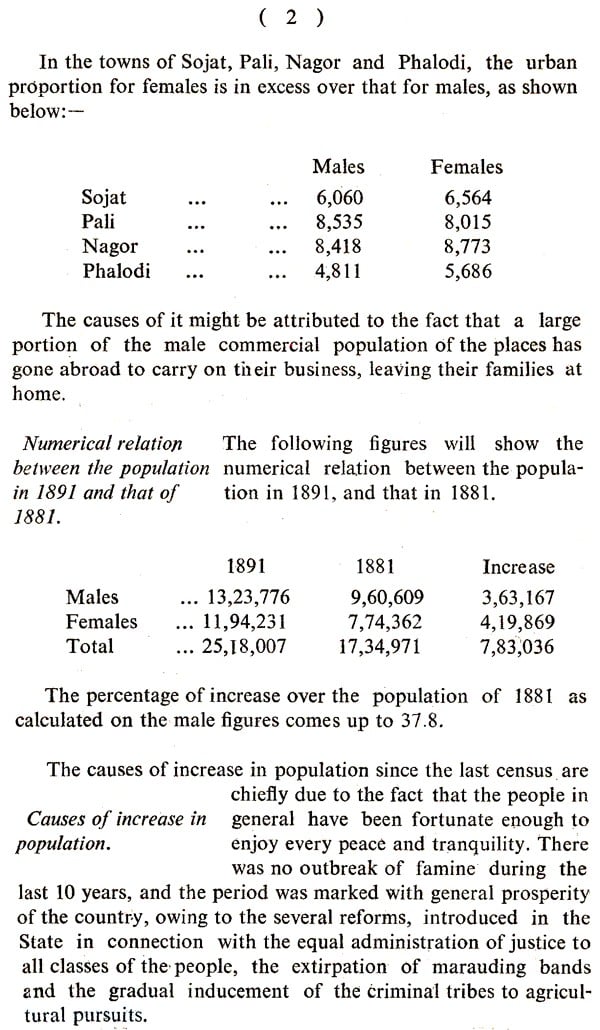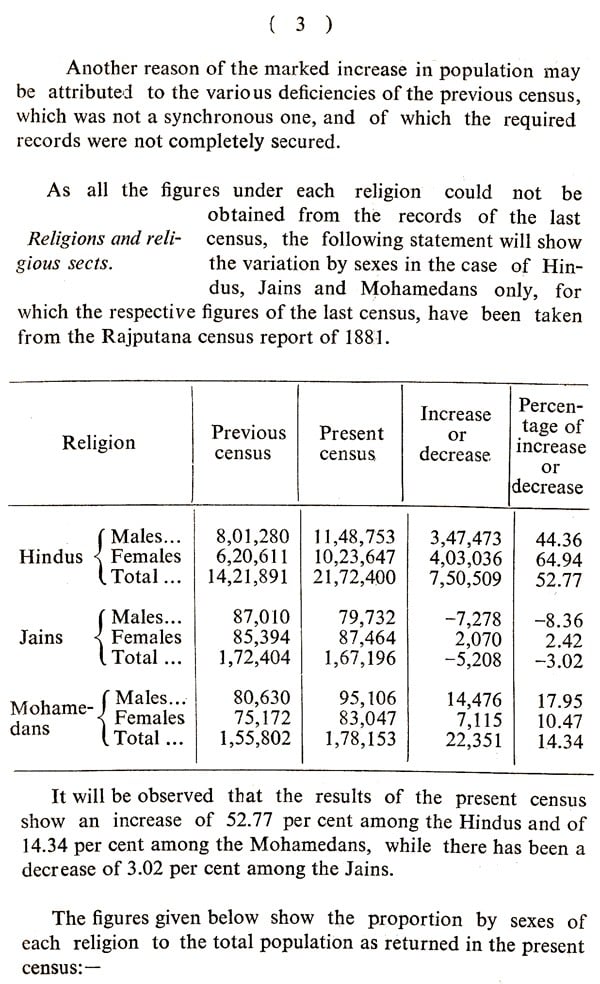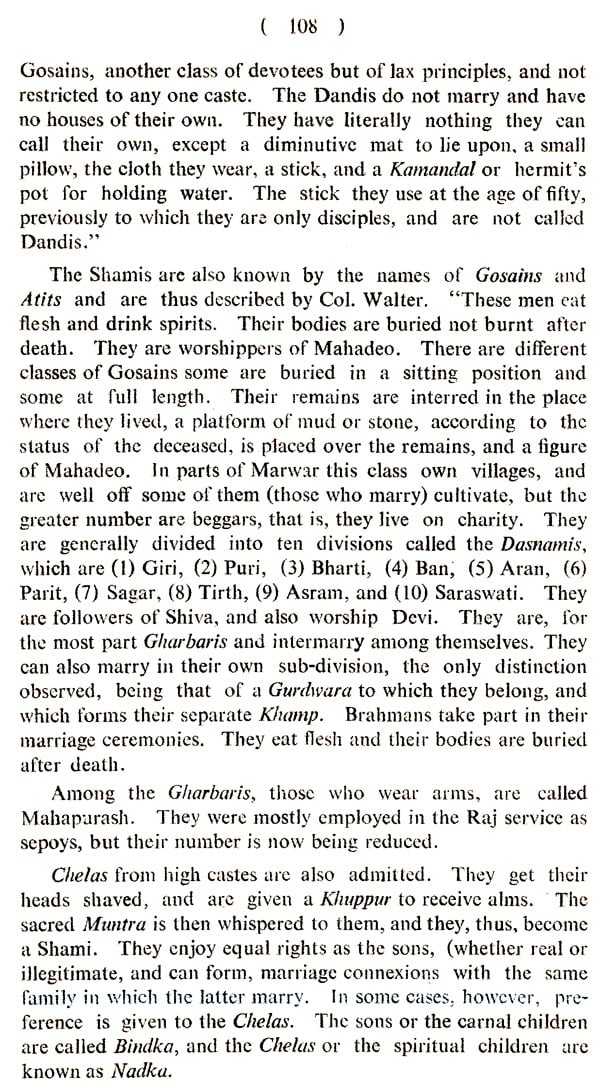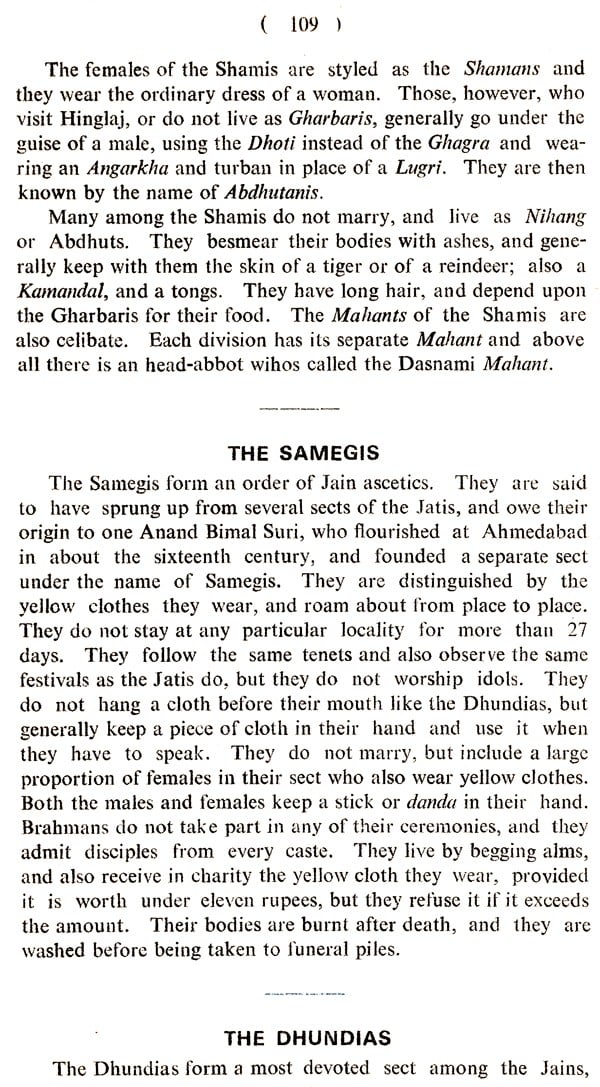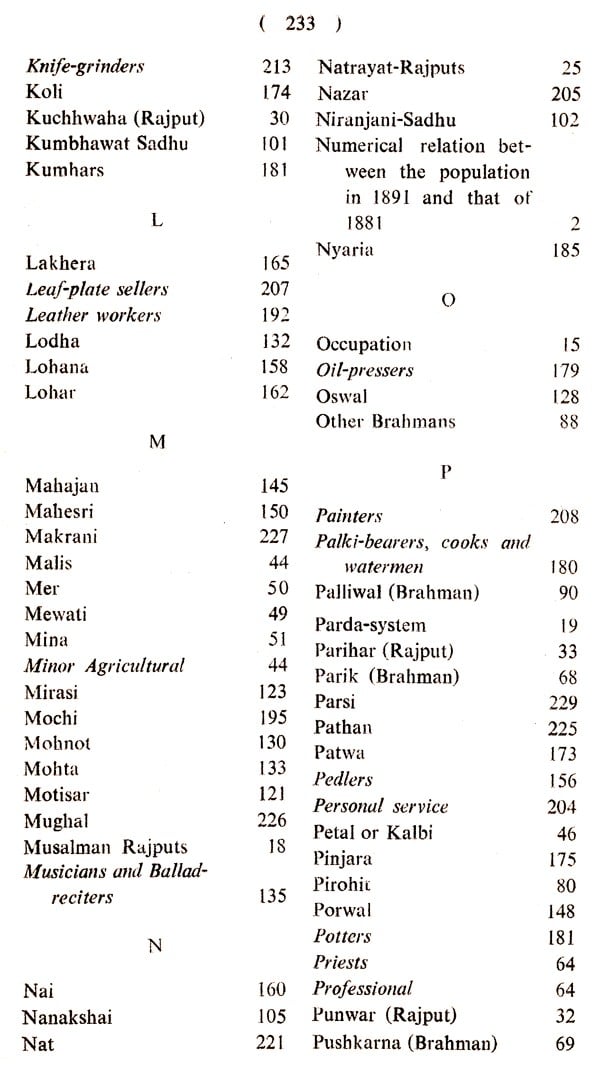
The Castes Of Marwar (Census Report Of 1891)
Book Specification
| Item Code: | NCZ072 |
| Author: | Munshi Hardyal |
| Publisher: | Books Treasure |
| Language: | English |
| Edition: | 2020 |
| Pages: | 234 |
| Cover: | HARDCOVER |
| Other Details | 8.50 X 5.50 inches |
| Weight | 350 gm |
Book Description
It was towards the last quarter of the nineteenth century that the phenomenon of census, now a decennial feature of our national life, was introduced at the behest of the British political authority in India. The very first exercise was conducted between the years 1867-1872. This yielded extremely partial and tentative results. Large areas of the country were left out of the survey and even where census was taken, the estimates remained speculative. Enumerators in this early period were new to the task and the questionnaire that they utilized was also limited in many respects. Two subsequent census were conducted in the nineteenth century, in 1881 and 1891. Though the 1881 census tried to rectify some of the errors of its forerunner and included, for the first time, Punjab, Manipur, Haiderabad, the Rajputana States and the Andaman islands, it is not until 1891 that census can be called all India in the true sense.
It was in this background that the 'Castes of Marwar' was published in 1894. Much of this work was based on valuable data collected during the 1881 census. As Superintenendent, Census Operations in Jodhpur State, the author, Munshi Hardayal Singh was particularly well placed for compiling this data. However, most of the work for the collection of this data was done under the able supervision of Devi Prasad Munsif, Assistant Superintendent, Census. Munshi Hardayal Singh pays tribute to the 'great pains' taken by Munshi Devi Prasad to collect the material that he has used in the present study.
Munshi Devi Prasad himself wrote a Hindi version of the 'Castes of Marwar'. Although both the studies rely basically on the same data, the Hindi version provides far more detailed information on the castes of Marwar. The English version, while providing a reasonable summary of the information contained in its Hindi counterpart, moves out of the narrow boundaries of Marwar to juxtapose ethnographic information available for other parts of India. On the whole, for anyone wishing to study the subject in some depth, it would be advisable to go through both the English and the Hindi versions.
**Contents and Sample Pages**
